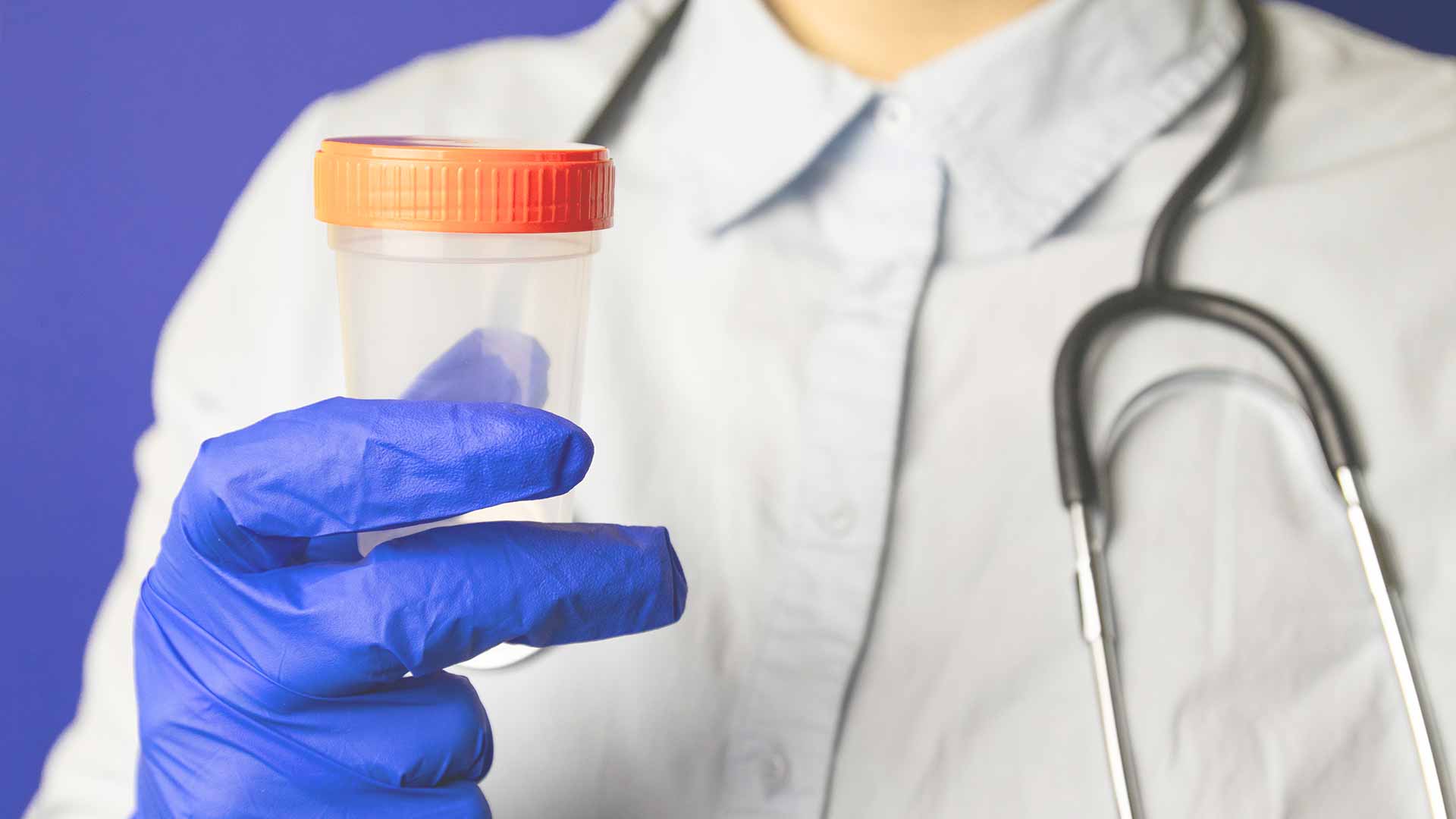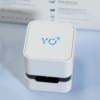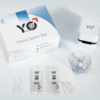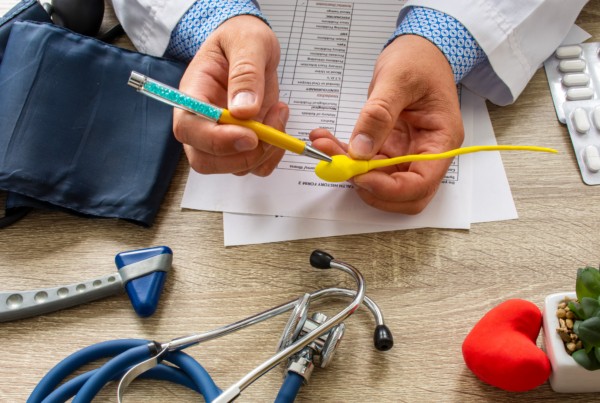When you decide to start a family, it’s natural to wonder about the quality of your sperm. Although you might know that it’s important for your body to be producing plenty of individual sperm cells, when assessing a semen sample, a laboratory will look at additional health characteristics of the sperm, too.
In this article, we will explain the different measures of sperm quality, and explore how you can use YO sperm testing to measure your motile sperm concentration from the comfort of your own home.
What’s in a Semen Sample?
Semen is a liquid that contains sperm and secretions from various glands. The secretions support the sperm during their journey in the female reproductive tract.
If a clinic asks you to provide a semen sample as part of your fertility assessment, a laboratory will not only analyze the sperm, but may also assess other measurements of the semen including its overall volume, thickness, sugar content, and acidity. However, the three most significant factors in male factor infertility are “low sperm concentration (oligospermia), poor sperm mobility (asthenospermia) and abnormal sperm morphology (teratospermia).”
Learning more about these three key factors can feel empowering.
Concentration
The World Health Organization (WHO) definition of a normal sperm concentration is more than 15 million sperm per milliliter of semen. However, the normal reference range for motile sperm is 40%, meaning that you would expect 6 million motile sperm per milliliter of semen. 6 million sperm per mL, therefore, represents the threshold between a low and moderate/normal concentration of motile sperm.
Motility
Sperm motility is important because sperm must self-propel from the vagina into the uterus to reach an egg. Sperm motility is categorized as follows:
- Progressive motility – sperm mostly swim in a straight line or a large circle
- Non-progressive motility – ineffective sperm movement
- Non-motile – lack of movement.
Low motility is confirmed if fewer than 40% of sperm are progressively motile.
Morphology
Sperm morphology or form refers to the size and shape of sperm, including assessments of the head, neck, mid-piece and tail. It is accepted that if normal morphology is found in 4 to 14% of sperm, the chance of pregnancy occurring naturally is good.
Lower than 4% normal morphology may lead to difficulties conceiving. However, it is reassuring to note that studying morphology will assist your doctor in recommending the most suitable type of fertility treatment.
How Can YO Home Tests Help?
The YO sperm home testing kits have been shown to accurately detect whether your motile sperm concentration is greater, or less than, 6 million. This means you can find out at home if you have a low or normal sperm count. Studies have suggested that home sperm testing with YO gives a sense of empowerment and improves patient satisfaction.
If you are in the early stages of trying to conceive, receiving a normal result may give you the reassurance you need to relax and keep trying. If you receive a low result, you may wish to request further investigations at a fertility clinic.
Find out more about YO Sperm Home Tests here.







